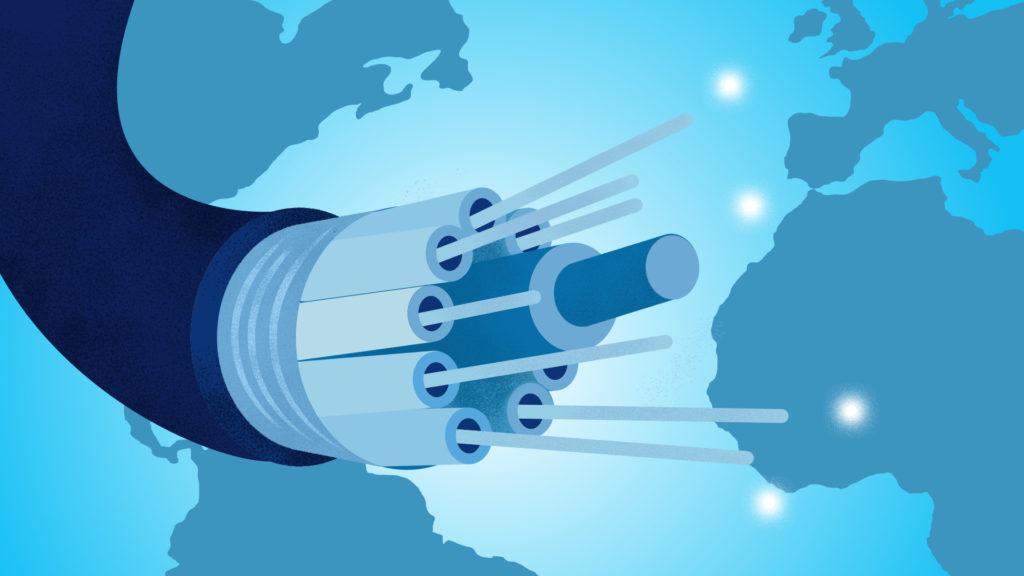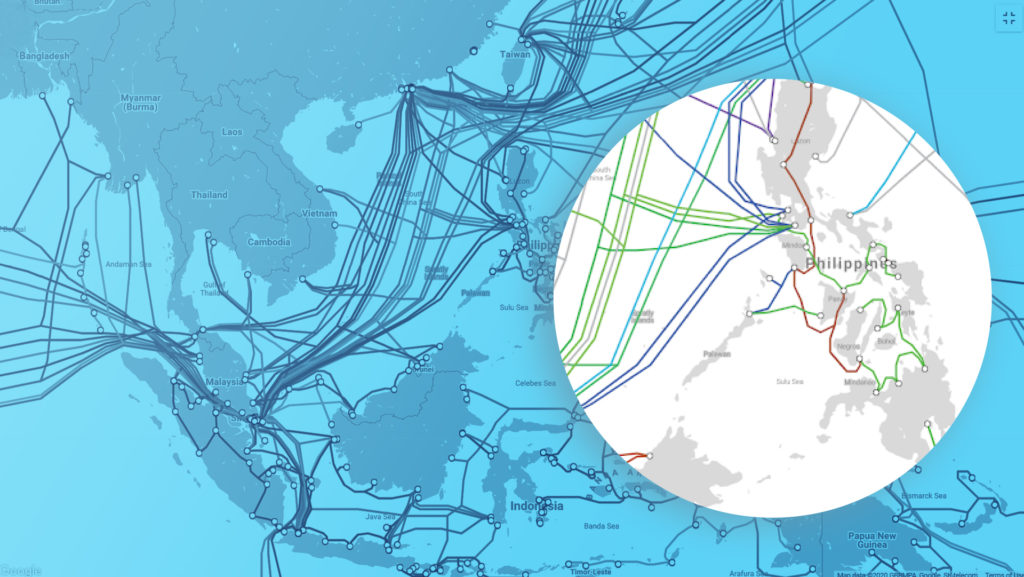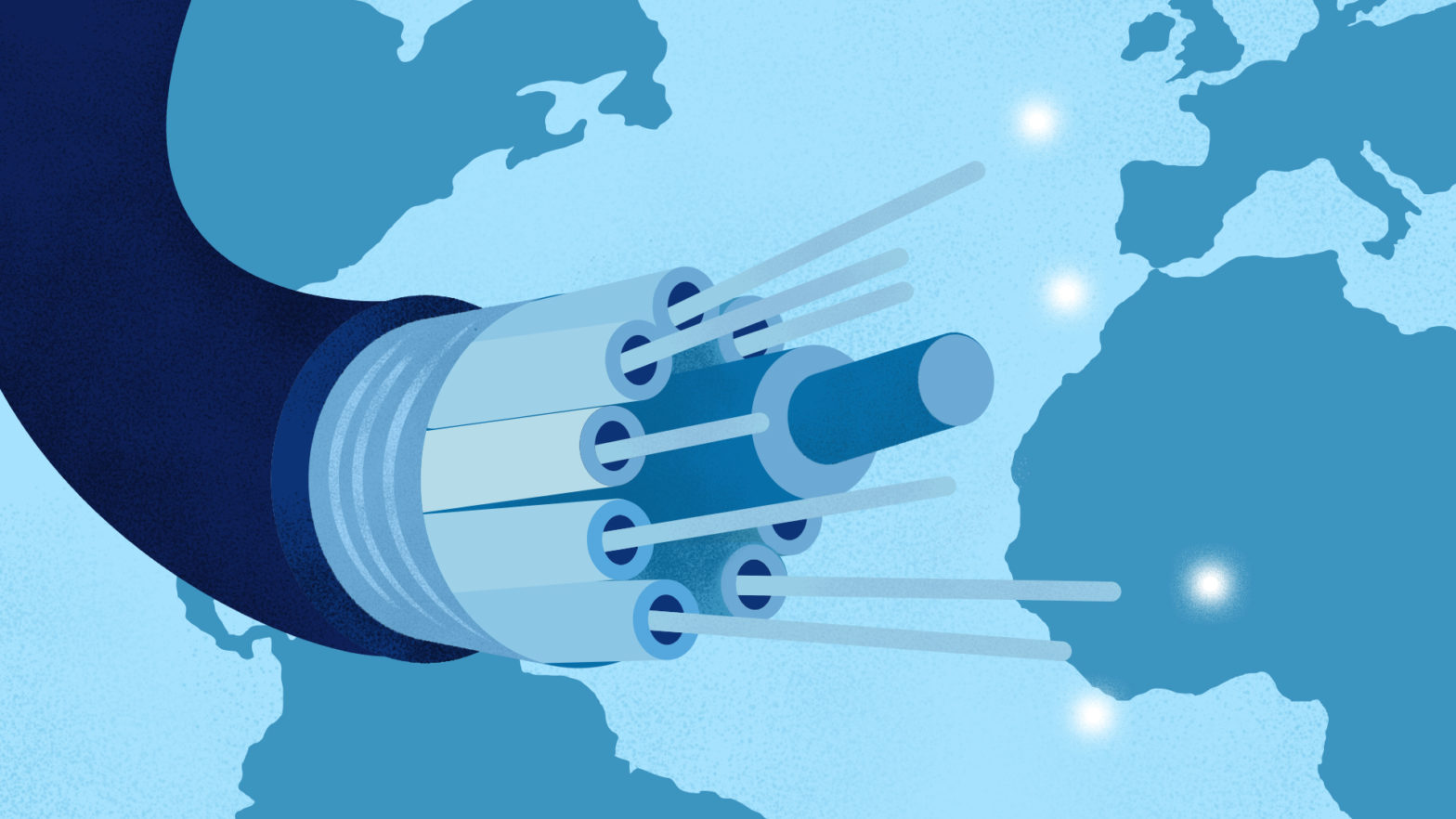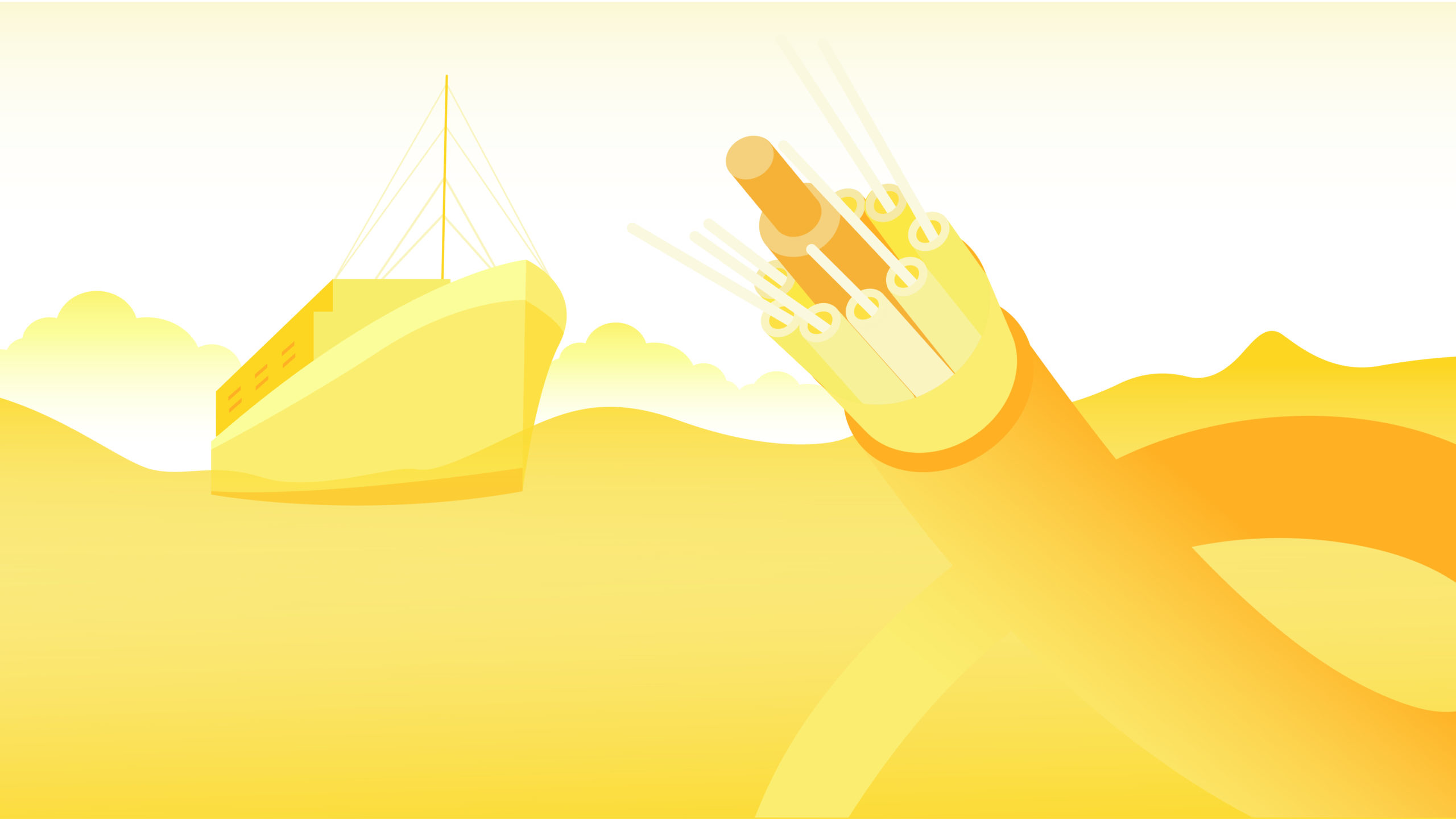Undersea cables
The Philippines consists of over 7,000 islands, meaning that there is a large amount of sea to navigate in order to connect the nation domestically and internationally. Therefore, the most important parts of the physical network for the internet in the Philippines are the undersea cables. Also known as submarine communication cables, these fiber optic cables help to connect the islands and importantly connect the Philippines to the rest of the world.
We live in a world where the internet is heavily associated with cloud and wireless access. However, the undersea cables are actually the backbone of the internet, carrying 99% of international data around the world. It is therefore important to understand how undersea cables operate in providing internet service to the Philippines.

When looking at Cebu for example, it is crucial that data packets are able to travel out of Visayas to the outside islands, because Visayas does not have an international exit point of its own. For the internet to flow from Cebu to the rest of the world, it first has to get to Luzon or Mindanao where the international undersea cables can carry it out of the Philippines. Although the addition of the SEA-US cable link in Davao opened up the capabilities for internet service in the Philippines, most of the traffic still travels north to exit out of Luzon, as the majority of the submarine communication cables are still there.

RISE always aims to obtain access to low latency undersea cables to ensure they provide the highest quality internet service possible. For example, RISE is connected to the East Asia Crossing (EAC) cable to Singapore and the Asia-America Gateway (AAG) cable to Hong Kong. Both of these cables are the lowest latency paths to their respective destinations, and allow RISE to connect to these two highly important connectivity hubs in the Asia Pacific region. From these hubs, data can then travel to the rest of the world. This ensures RISE can always provide customers with optimal latency figures and maintain high levels of availability.
There are approximately 380 undersea cables in operation around the globe with each cable offering new routes for your data to travel along. To understand how different internet service providers in the Philippines utilize undersea cables, we need to analyze the concepts of diversity and capacity in helping connect you to the internet.
Diversity
The archipelagic nature of the Philippines highlights the importance of having multiple undersea cables to navigate through thousands of islands. The prime advantage of submarine cable diversity is that you stay connected to the internet when one cable goes down or experiences a fault, as you have alternate routes for the data packets to travel on.
In this regard, it’s not so important for your provider to actually own undersea cables, but rather ensure that they have permission or licenses to transmit data on a number of different cables. Although ownership of a particular cable means it is likely to be cheaper to transmit data packets, this does not necessarily result in the best service for end users. Furthermore, buying and maintaining large numbers of submarine communication cables is not going to make financial sense for most companies, with many cable installations costing in the hundreds of millions of USD.
The greater the diversity, the more routes your data has to travel. With latency figures rising over larger distances, you want access to more direct cable paths to optimize routing and keep latency low. For example, if you are in Manila and are accessing data from the United States, you don’t want your data packets to have to travel via Europe. Likewise, if you are accessing data in Australia, you want a more direct route and not one that involves the packets traveling via North America.
The development of new cable systems, such as Jupiter and the Pacific Light Cable Network (PLCN), will also offer further opportunity for diversity for ISPs in the Philippines. As capacity on existing lines continues to be eaten up, these new systems will help to meet the growing traffic demands and complement other cable systems in the region.

Capacity
You will often see a distinction being made between lit capacity and potential capacity. Lit capacity refers to the capacity that is currently available for use on a submarine cable at any given time. It simply represents the traffic-carrying capability of that cable at that moment. Potential capacity on the other hand is the maximum capacity of an undersea cable with every fiber lit with the maximum number of wavelengths at the highest bit rate. This demonstrates the possible future capacity of undersea cables as cable operators can invest additional capital expenditure into making this lit capacity.
The actual capacity of cables can vary quite drastically. The capacity of these cables have increased over time, due to the growth in demand and advances in technology.
Typically, the newer the cable, the larger the capacity. For example, the new Jupiter cable system has a design capacity of more than 60 Tbps.

A major consideration in choosing a business internet provider, then, is whether the provider has enough capacity for when one cable breaks. High quality ISPs will always have excess capacity alternative transmission lines and routes for data packets to travel, for contingency reasons.
At RISE, our Head of Network has a saying: 2 is 1, but 1 is none. This means that when your ISP has access to two cables and one experiences a fault, then you still have one working cable to transmit your full traffic flow on. However, if you only have access to one cable and that cable experiences a fault, then there is no traffic flow at all.



